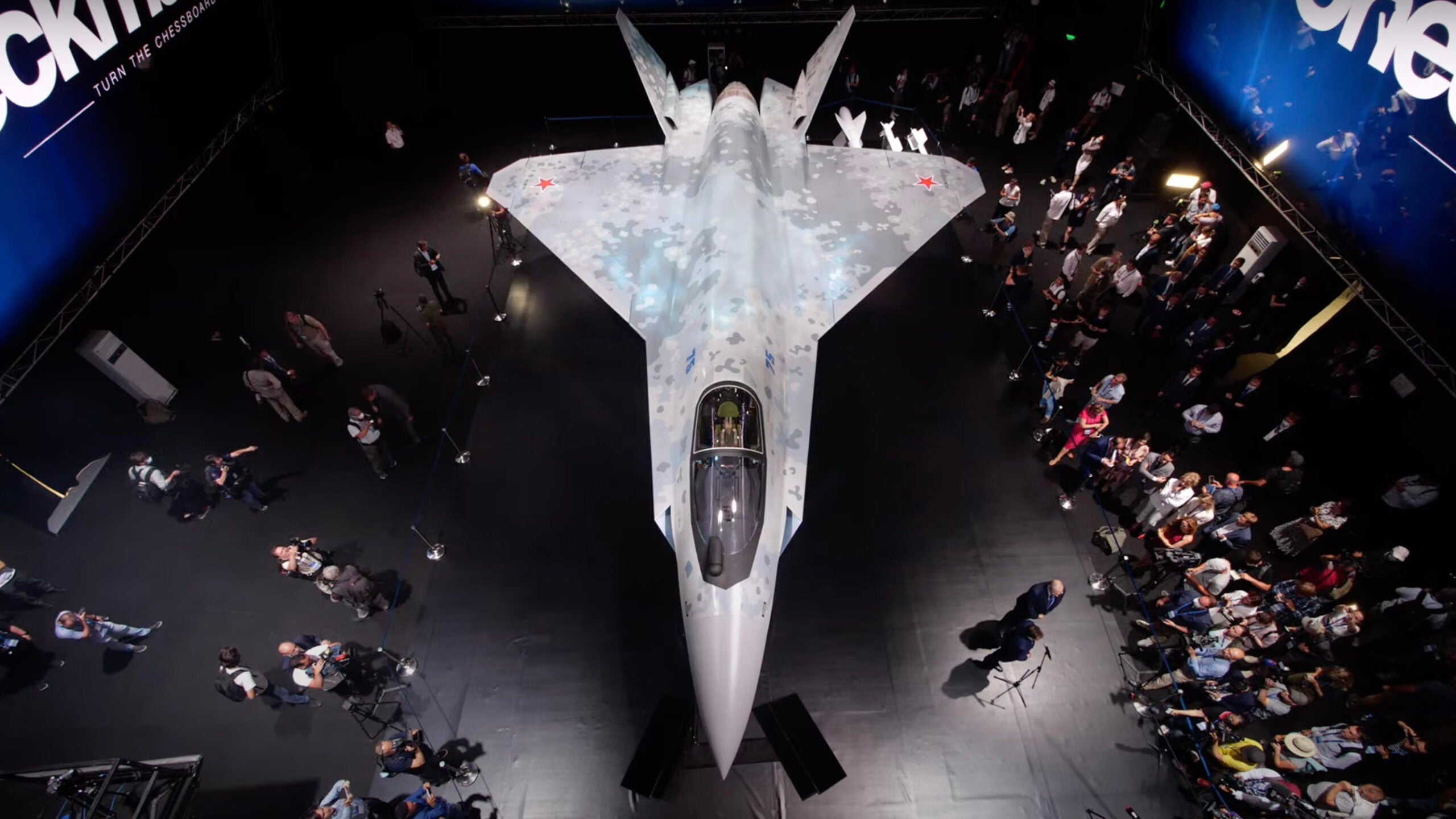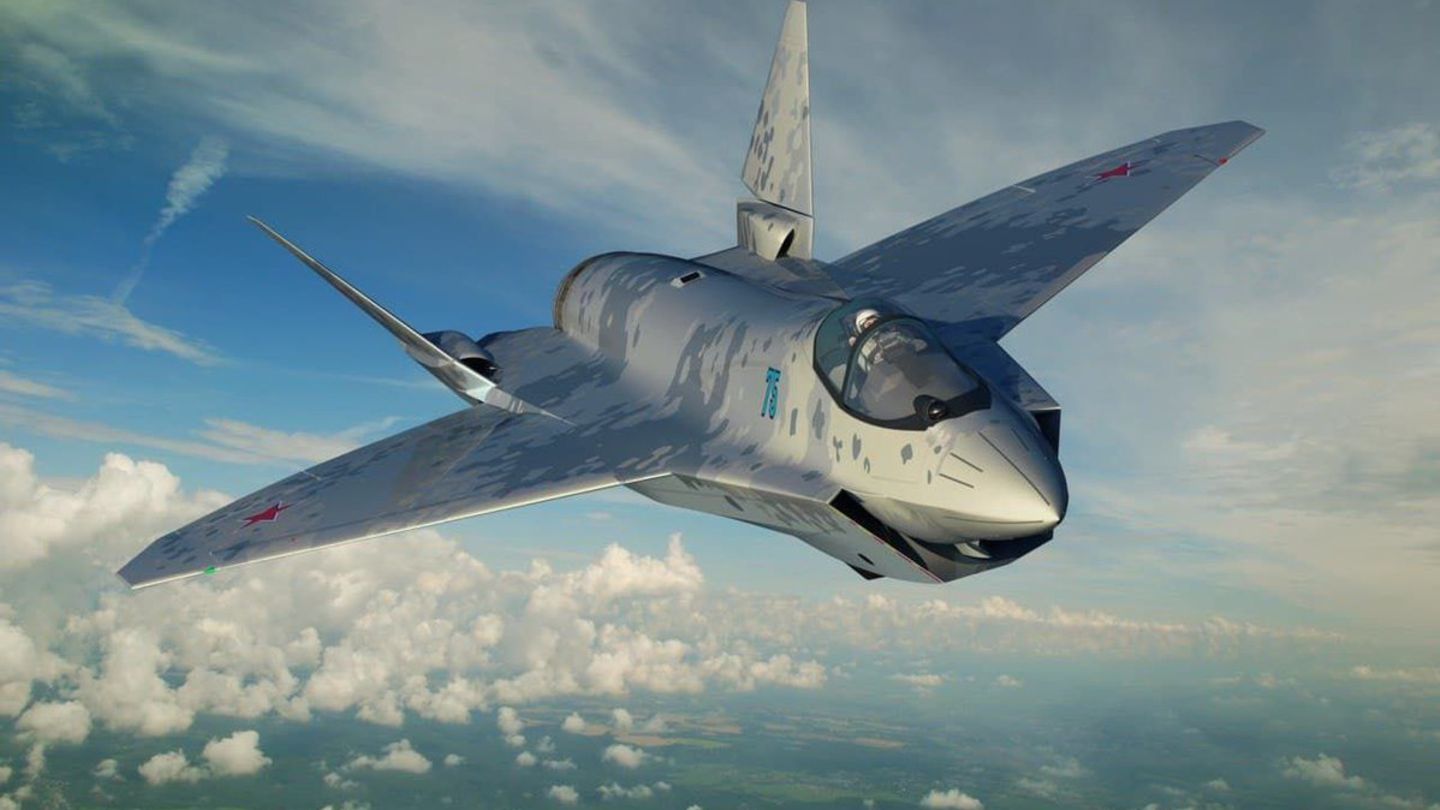

The aircraft is expected to launch guided as well as unguided weapons. It has a combat payload carrying capacity of 7,400kg. It has five hidden weapon bays and 11 external weapon attachment points. The Checkmate aircraft can carry weapons to neutralise enemy command posts and sensitive assets. It will have the capability to control small drones, which will receive real-time information about the combat situation through transmission technologies and respond immediately. The tactical fighter jet will be able to operate in tandem with unmanned aerial vehicles (UAVs) in a networked setup. The aircraft will be available for sale in a basic single manned version, as well as two-seater optionally manned and unmanned versions.
The airframe design allows for easier maintenance of the aircraft and requires fewer personnel for the maintenance procedures, which is expected to enhance the combat readiness of the aircraft. Its open architecture with high adaptability will provide scope for futuristic upgrades to the aircraft as well as the flexibility to create new configurations at optimal costs. The Su-75 Checkmate aircraft can be deployed from difficult high-altitude airfields and in any climatic conditions. The fighter’s fifth-generation onboard equipment (OBE) are designed with high noise immunity. The aircraft has a length of 17.5m and a wingspan of 11.8m.

The onboard systems, cockpit and certain other elements were derived from the Su-57E aircraft, reducing the cost and increasing the maintenance efficiency. The design was developed leveraging the scientific and technical groundwork involved in the development of the export version of Su-57E fifth-generation fighter. The aircraft was designed indigenously using a supercomputer and modern-day virtual modelling and digital calculations, which significantly reduced the testing and building time to five years.


 0 kommentar(er)
0 kommentar(er)
